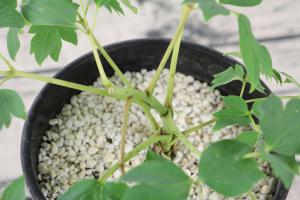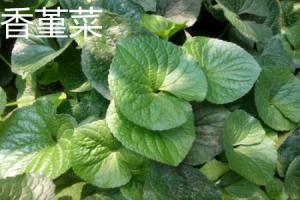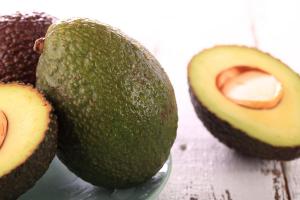How to Prune a Tree Grown Shrimp Plant
Shrimp plants, also known as Justicia brandegeana, are popular indoor and outdoor plants due to their beautiful, colorful flowers and easy care requirements. However, like any other plant, shrimp plants require pruning to stay healthy and promote new growth. In this article, we will take a look at how to prune a tree grown shrimp plant.
Why Prune a Shrimp Plant?
Pruning a shrimp plant is important for several reasons. Firstly, it helps to remove dead, damaged or diseased branches, which can harm the overall health of the plant. Secondly, pruning helps to shape the plant and encourage branching, which results in more vibrant and abundant flowers. Finally, regular pruning helps to prevent the plant from becoming too large, which can make it difficult to maintain and care for.
When to Prune
The best time to prune a shrimp plant is in late winter or early spring, before the new growth begins. Pruning at this time ensures that the plant has plenty of time to recover before the next growing season. However, if your shrimp plant is overgrown or needs immediate attention, then you can prune it any time of the year, but be sure to avoid pruning during periods of drought, extreme heat or cold temperatures.
How to Prune
Before you start pruning your shrimp plant, make sure you have the necessary tools, including a pair of sharp, clean shears or pruning scissors. Begin by removing any dead, diseased or damaged branches, cutting them back to the base of the stem or the nearest healthy bud or branch. Next, look for any branches that are crossing, rubbing or growing in the wrong direction, and remove them at their base, leaving the strongest and healthiest branches intact. Finally, trim back any branches that are growing too long or out of shape, making clean cuts at a 45-degree angle just above a healthy bud or branch.
After Pruning Care
After you have finished pruning your shrimp plant, it is important to give it some extra care and attention to help it recover and promote new growth. Water the plant deeply, making sure the soil is thoroughly moistened, and apply a balanced, slow-release fertilizer to encourage healthy growth. Keep the plant in a bright, but indirect area, away from direct sunlight or drafts, and monitor it closely for any signs of stress or disease.
Conclusion
In conclusion, pruning a tree grown shrimp plant is a simple, but important, step in maintaining the health and beauty of your indoor or outdoor garden. By following these simple steps outlined in this article, you can help your shrimp plant thrive and produce abundant, vibrant flowers all year round.

 how many times do yo...
how many times do yo... how many planted tre...
how many planted tre... how many pine trees ...
how many pine trees ... how many pecan trees...
how many pecan trees... how many plants comp...
how many plants comp... how many plants can ...
how many plants can ... how many plants and ...
how many plants and ... how many pepper plan...
how many pepper plan...






























